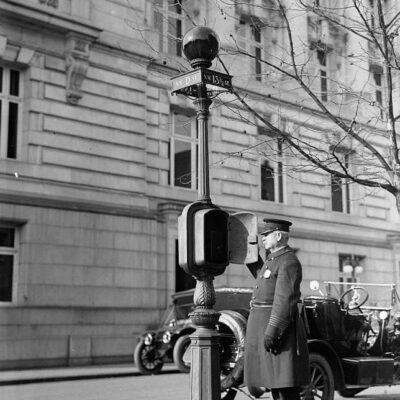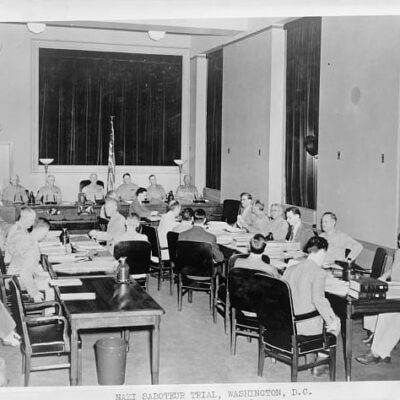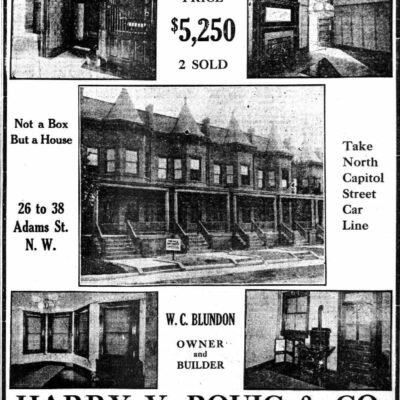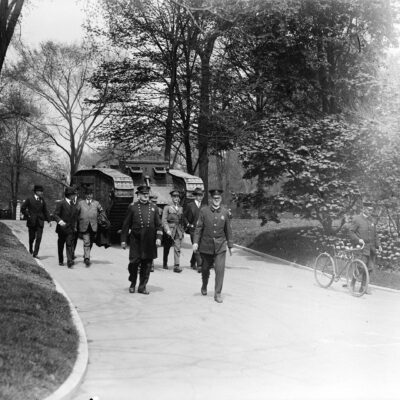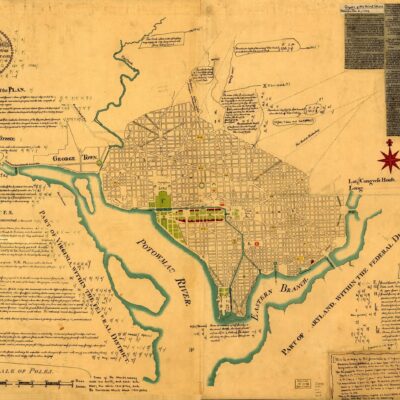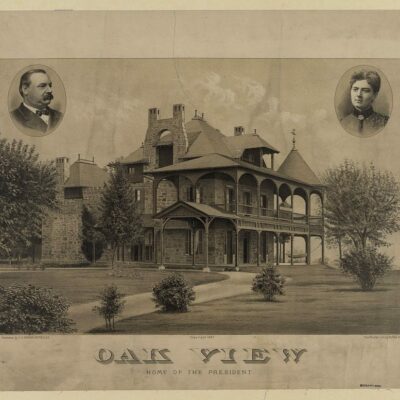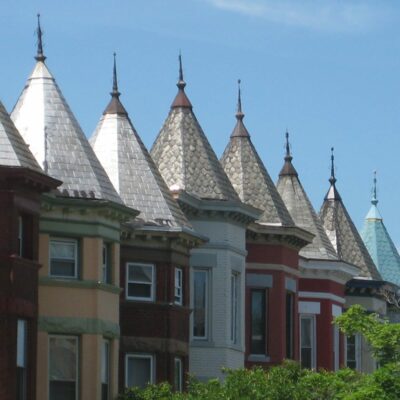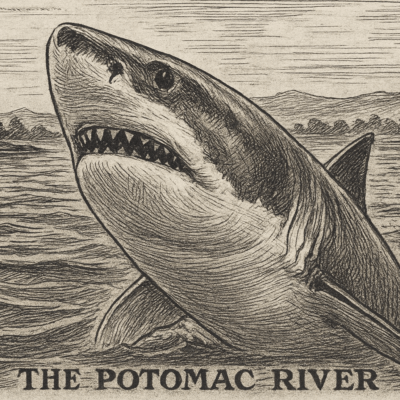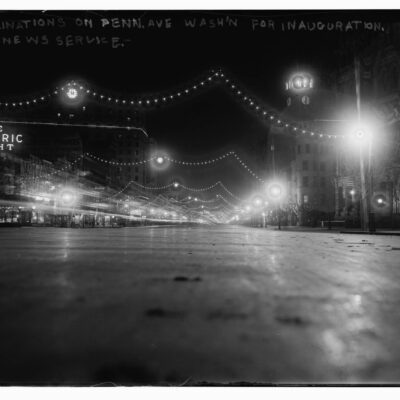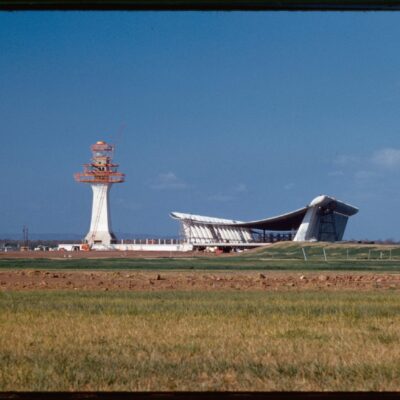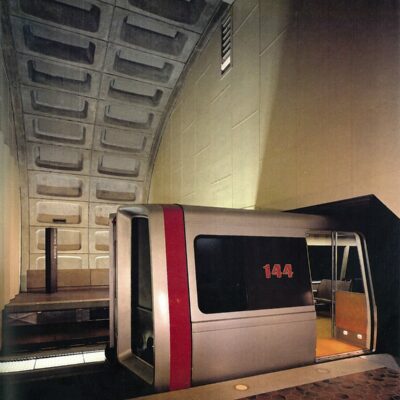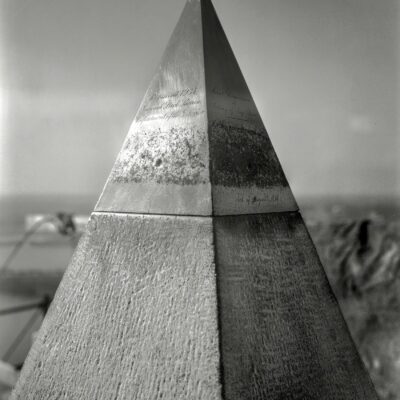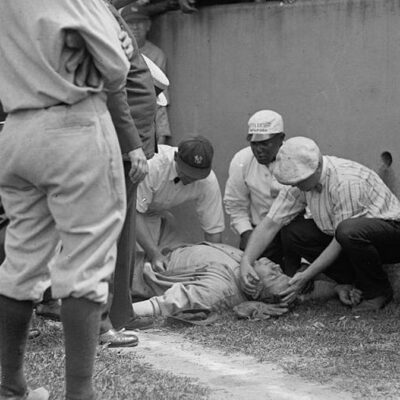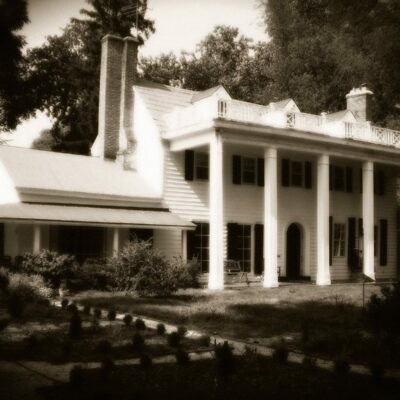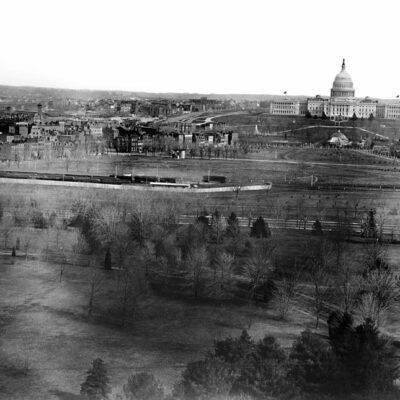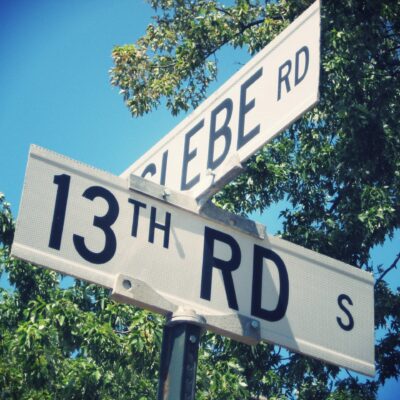This was cross-posted on Ghosts of Baltimore.
Washington, D.C. Received most of its land, about two-thirds, from the state of Maryland when it was formed in the late 18th century. The rest came from Virginia, and was subsequently retroceded back to the state in 1847. We already know from this old post why it’s named Washington, D.C. Now it’s time to learn about the origins of Maryland’s name.
A long time ago, back in 1629, George Calvert, the 1st Baron of Baltimore (the city is named for the 2nd Baron of Baltimore) applied to King Charles I for a royal charter to establish the Province of Maryland in the New World. The colony was to be a safe haven for Catholics in North America, free from Old World persecution, and ultimately, the only colony where Catholicism was the primary religion.
George died in 1632, before the charter was granted, but ultimately it was to his son Cecil (for whom the city of Baltimore, Maryland is named). The charter was granted for the “Maryland Colony” or in Latin, “Terra Maria, anglice, Maryland.”
Many Catholics as well as a number of prominent scholars believe the colony was named in honor of the Virgin Mary. The more accepted belief is that the name is meant to honor the French Queen Henrietta Maria, the wife and queen consort of England’s King Charles I.
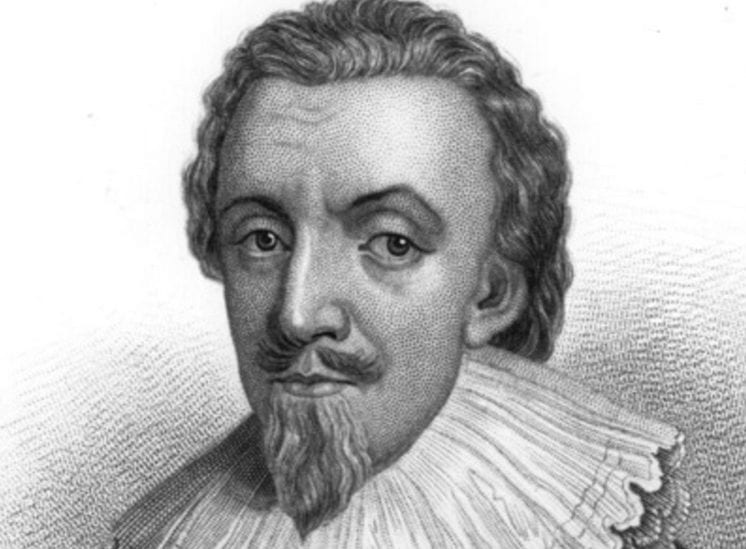
Back to a little more Maryland history.
Attempting to jumpstart settlement, an early pyramid scheme of sorts was set up in which early settlers of the colony were given 50 acres of land for each person they brought to the New World. Not a bad deal, except for the fact that many would die due to disease.
They first settlers arrived in 1634 in what is now St. Mary’s County, an area already occupied by the Piscataway Indians. The first capital was St. Mary’s City in the county.


